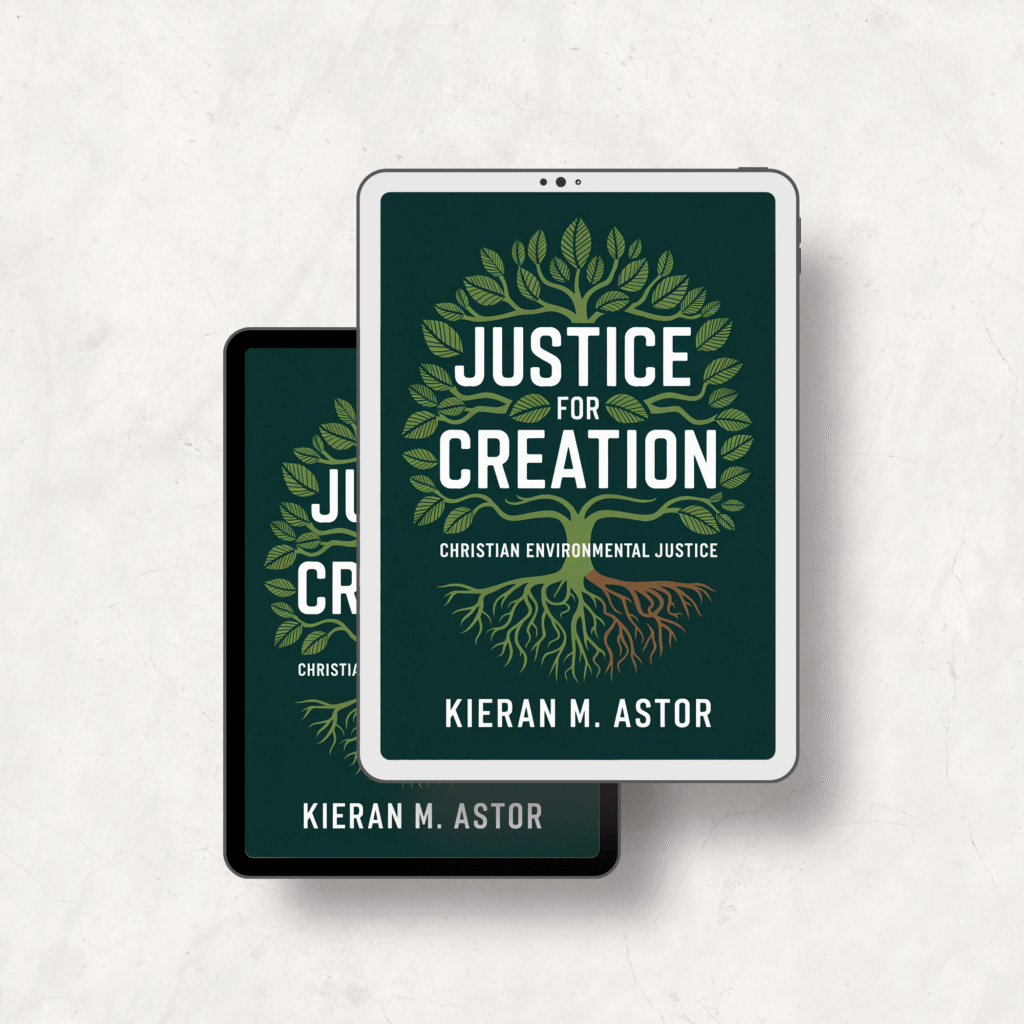Justice for Creation: Christian Environmental Justice Book Review – Complete Guide to Faith-Based Environmental Stewardship

Christian environmental justice has become one of the most pressing concerns for modern believers seeking to integrate their faith with ecological responsibility. Many Christians struggle to connect their spiritual beliefs with environmental activism, often feeling torn between traditional interpretations of biblical dominion and growing awareness of climate change impacts. “Justice for Creation: Christian Environmental Justice” bridges this gap by offering a comprehensive theological framework that makes creation care central to authentic Christian discipleship.
This transformative ebook challenges readers to move beyond superficial environmentalism toward deep faith-based environmental stewardship that addresses systemic injustices affecting vulnerable communities. Unlike secular environmental approaches, this book grounds ecological activism in biblical foundations while providing practical tools for individuals and congregations to engage meaningfully with climate justice issues.
What You’ll Discover
- Biblical Foundations for Creation Care: Discover how Scripture consistently portrays environmental stewardship as a fundamental expression of love for God and neighbor through comprehensive theological analysis
- Faith-Based Environmental Activism Models: Learn practical strategies for integrating Christian beliefs with effective climate justice advocacy that transforms both individuals and communities
- Community Engagement Frameworks: Master proven approaches for mobilizing congregations and faith communities to address local environmental challenges and systemic ecological injustices
- Environmental Justice Through Christian Ethics: Overcome traditional barriers to environmental engagement by understanding how climate action connects with core Christian virtues and social justice principles
- Sustainable Practices Implementation: Develop concrete skills for adopting creation-friendly lifestyle changes and organizational practices that reflect faithful stewardship of natural resources
- Policy Advocacy from Faith Perspective: Transform your understanding of how Christians can effectively engage with environmental policy and systemic change while maintaining authentic witness
Why This Book Matters
Environmental degradation and climate change represent defining moral challenges of our time, yet many Christians feel unprepared to respond from their faith perspective. This book transforms that uncertainty into confident action by providing theological grounding that makes creation care essential rather than optional for authentic discipleship. The authors demonstrate how environmental justice intersects with racial justice, economic inequality, and global solidarity in ways that strengthen rather than compete with other Christian social justice commitments.
The practical applications extend far beyond individual lifestyle changes to include congregation-wide initiatives, community partnerships, and policy advocacy that creates lasting systemic transformation. Historical examples and contemporary case studies show how faith communities across different theological traditions and geographic contexts have successfully integrated environmental stewardship with their core mission and ministry.
Key Features
This comprehensive ebook spans multiple chapters covering biblical foundations, theological ethics, historical advocacy models, and practical implementation strategies. Available as an instant digital download, you’ll receive immediate access to detailed frameworks for environmental justice ministry, community engagement tools, and worship resources for integrating creation care themes. The format allows for easy reading on any device, with printable study guides for group discussions and action planning. Also available as audiobook on Google Play Books and Spotify for convenient listening during commutes or nature walks while contemplating creation care principles.
Frequently Asked Questions
How does Christian environmental justice differ from secular environmentalism?
Christian environmental justice grounds ecological stewardship in biblical foundations and theological ethics rather than purely scientific or political motivations. It connects creation care with core Christian virtues like love of neighbor, justice for the vulnerable, and faithful stewardship of God’s gifts while addressing systemic injustices affecting marginalized communities.
Can churches with limited resources still engage meaningfully in environmental justice ministry?
Absolutely. The book provides scalable approaches for congregations of all sizes, from simple worship liturgy changes and educational initiatives to property stewardship practices and community partnerships. Many effective environmental justice actions require commitment and creativity rather than significant financial resources.
How do I respond to Christians who view environmental activism as distracting from gospel ministry?
The book addresses this common concern by demonstrating how creation care enhances rather than competes with traditional gospel witness. It shows how environmental stewardship expresses love for God and neighbor while providing opportunities for evangelism, discipleship, and authentic Christian community engagement.
Get Your Copy Today
Transform your understanding of faithful Christian discipleship with this comprehensive guide to environmental justice ministry. Available for instant download at just $6.99, this ebook provides exceptional value compared to expensive environmental justice courses or seminary workshops. Also available as audiobook on Google Play Books and Spotify for flexible learning. Purchase your copy through all major ebook retailers including Apple Books, Barnes & Noble, and Kobo to begin integrating creation care with authentic Christian witness today.
Watch the Video Review

